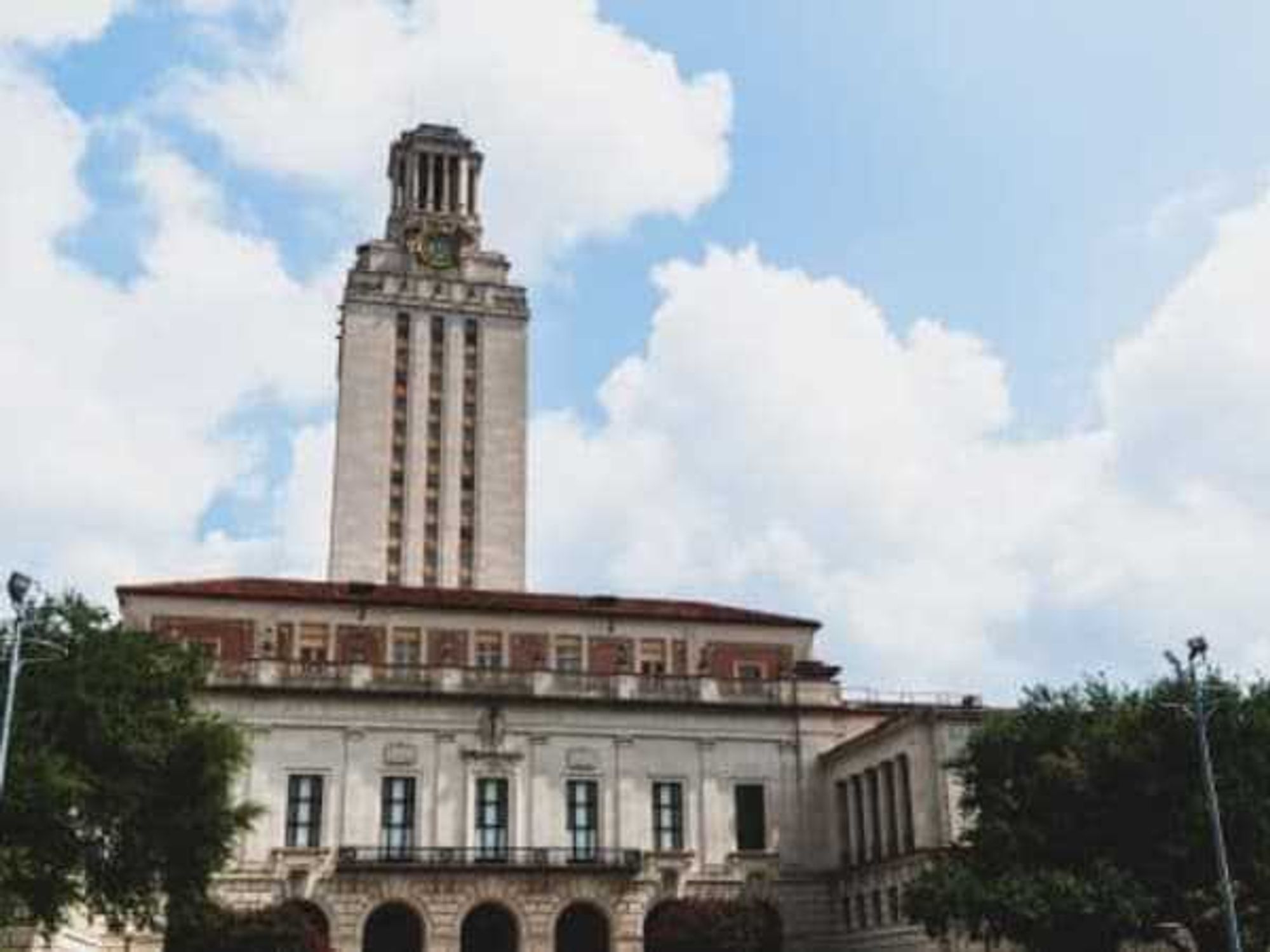Leadership Austin
LCRA general manager on Texas drought and making it through our slow-moving natural disaster
Editor's note: CultureMap Austin partners with Leadership Austin — the region's premier provider of civic and community leadership development — in this ongoing series of editorial columns meant to inform Austinites about issues facing our city. The current series of columns originate from participants in Leadership Austin's monthly Engage Breakfast Series.
How wonderful it was to have the recent rain. As welcome as the rain was, it did not end the drought.
As almost everyone in this part of the state knows, we are in the midst of one of the worst droughts in the history of Central Texas. There is a chance this drought could even surpass the drought of 1947-57, the worst drought in our region’s history.
For several years, it has not rained enough to keep our water reservoirs full. At LCRA, we have been working tirelessly to manage the water in the lower Colorado River basin through this slow-moving natural disaster. We will not run out of water, but sacrifices are being made throughout the basin, and more could be asked in the future.
If this drought continues and the amount of water in Lakes Travis and Buchanan continues to fall, it’s possible the LCRA Board of Directors would have to declare this drought worse than the one in the 1940s and 50s.
LCRA manages the lower Colorado River from San Saba to Matagorda Bay. As part of our management, we operate six dams along the Highland Lakes. The dams were built for two purposes: to help manage the river to limit damage from severe floods and to store water in reservoirs for use in times of drought.
The system is working. Even with this severe drought, there is still more than 670,000 acre-feet of water in lakes Travis and Buchanan, the region’s two water reservoirs. (An acre-foot is enough water to cover one acre of land in one foot of water, or just under 326,000 gallons.)
Unfortunately, 670,000 acre-feet still means lakes Travis and Buchanan currently hold only about one-third of the water they could hold when full.
If this drought continues and the amount of water in those lakes continues to fall, it’s possible the LCRA Board of Directors would have to declare this drought worse than the one in the 1940s and 50s. There are three criteria for the Board to make that declaration:
- It has been at least 24 months since lakes Travis and Buchanan were full;
- The amount of water flowing into lakes Travis and Buchanan is less than during a similar period during the drought of record for at least six months; and
- The combined storage of lakes Travis and Buchanan falls below 600,000 acre-feet (30 percent full).
The first two criteria have already been met. Though the recent rains make the chance of hitting 600,000 acre-feet soon much less likely, it’s possible we could reach that point if the drought continues.
If the LCRA Board declares a drought worse than the drought of record, several things would happen.
First, water for interruptible customers — mostly agricultural use — would be cut off. As you may know, LCRA cut off Highland Lakes water for most interruptible customers in 2012 and again in 2013 because of the drought. The remaining interruptible customers would be cut off if the board declares a drought worse than the drought of record.
LCRA also would require firm water customers to cut water use by 20 percent from a baseline year (September 2010 to August 2011). Firm water customers include cities and industries. Details of the steps our customers would take to meet this requirement would be up to each customer. Cities, for example, could further restrict outdoor watering.
LCRA also recently asked the Texas Commission on Environmental Quality (TCEQ) to waive requirements to send water from the Highland Lakes to Matagorda Bay as the drought continues. The application is with the state, so we need to wait and see what TCEQ decides.
It’s nice to see lake levels rise as they did after the recent rain. We are all looking forward to the day the lakes are full again. But until that day arrives, we at LCRA are managing our water supply wisely and working to build new water supplies.
We’re building wells to tap into groundwater on LCRA property in Bastrop, and we’re building the first new water reservoir in the basin in decades downstream of the lakes in Wharton County. The reservoir will serve some of the needs of LCRA’s downstream customers, including industries and agriculture. The reservoir can’t put water in the Highland Lakes, but it can reduce demands on the Highland Lakes.
LCRA is doing its part to manage water wisely and develop new supplies. You can find a wealth of information on LCRA’s drought page — it changes often, so we encourage you check back regularly.
You can make a difference during the drought too. Water outdoors less often; and never more than your community’s watering schedule allows. Make smart choices for inside water use too — take shorter showers, fix leaky pipes. Working together, we will get through this difficult time.
Becky Motal is general manager of the Lower Colorado River Authority. She became LCRA’s tenth general manager on July 2, 2011. She is the first female general manager in LCRA’s history. Becky first began working for LCRA in 1972 after receiving a bachelor’s degree in math from the University of Texas. She left to pursue a law degree and worked as an environmental attorney before returning to LCRA in 1987 as manager of Economic and Financial Planning. In 2007, she was promoted to executive manager of External Affairs, where she coordinated LCRA’s activities with state and federal regulatory agencies. In that position, Becky had oversight over local governmental affairs, public affairs, customer service and corporate events. She is also on the board of the Texas Public Power Association.
